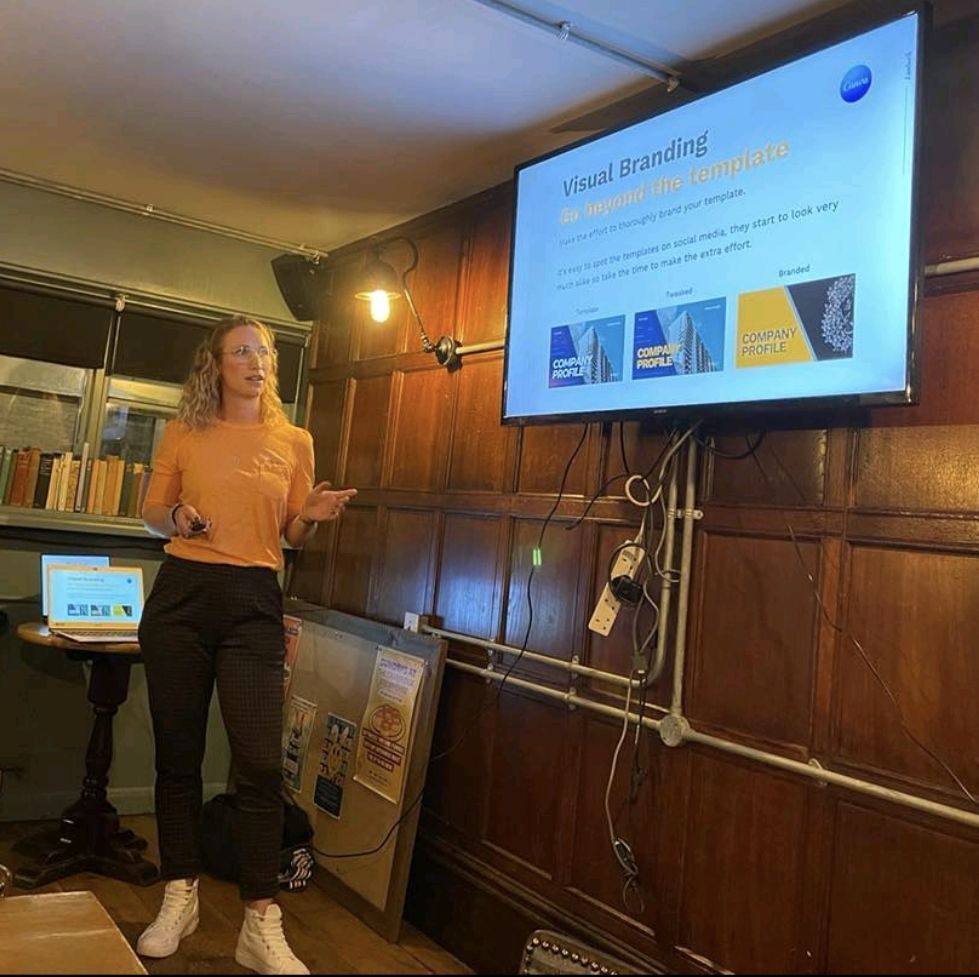SWOT Analysis for Short-Term Goals During Covid-19
A look at how businesses can use SWOT analysis to approach the current pandemic

SWOT
analysis (also known as situational analysis) is something that should be regularly carried out for any business;
essential to adapting and succeeding through challenging times.
What better time is there than now, in the midst of a worldwide pandemic, to conduct a situational analysis?
At a time when all your plans for the year (and beyond) have been thrown into disarray in such an extreme way, that no one could have predicted. Maybe you’ve had to close your business or your clients have all had to close their businesses. No one will go unaffected by this pandemic.
The easy but ineffective thing to do, is hide under a rock until this all blows over. It will blow over but what will the extent of the damage be that’s left in its wake? By carrying out a SWOT analysis now, you can put your business in a stronger position than the competition to get through this period and for when the current restrictions are lifted or at the very least, relaxed.
What’s a SWOT analysis?
SWOT analysis looks at the strengths, weaknesses, opportunities and threats in and around your business. It’s a great way to evaluate a situation in terms of whether something is a smart move or not; look ahead to things you need to be aware of to minimise negative impact or maximise on the potential opportunity.
This form of analysis is essential when it comes to planning in any capacity, for the long-term and the short-term. SWOT analysis can be used in a number of circumstances such as launching a new business, new product development or a new service offering.
Strengths and weaknesses refer to resources, knowledge and assets held by the business i.e. computers, buildings owned, capabilities of employees. Opportunities and threats refer to things outside of the business that could have an impact – i.e. coronavirus, changes in legislation, new competition arising.
How would I carry out a SWOT analysis?
Currently, it might be difficult to see the strengths and opportunities but that’s why it’s all the more important to take the time and space to go through this process.
Look at what your company offers, whether it’s a service or a range of products. How were you previously getting this product or service to your customer? If you own a shop for example and you have had to close it because it’s not considered ‘essential’, are you able to create a website or adapt an existing one in order to offer an online shopping service with delivery? If you organise and host events, are you able to find an online platform that has the capacity and interactivity required to make the event a success online, as a virtual event?
For the purposes of a very simplified example, imagine you own a boutique clothes shop on the high street, a very basic SWOT for you might look like this:
| Strengths
Weaknesses
Opportunities
|
|
| Threats
|
By carrying
out this kind of analysis, it will help you to lift the fog of panic and
disarray, giving you a clear vision of opportunities and direction to get you
through this turbulent time.
Once the storm has passed
The ultimate silver lining of this situation is that as a nation (business or not) we will have all been forced out of comfort zones and challenged to overcome hurdles that we did not expect and certainly would not have chosen.
We will be more agile, with a stronger and broader means of reaching our audiences.
If you would like any further help or advice, please feel free to contact me.
Lisa.ellison@liontooth.co.uk










